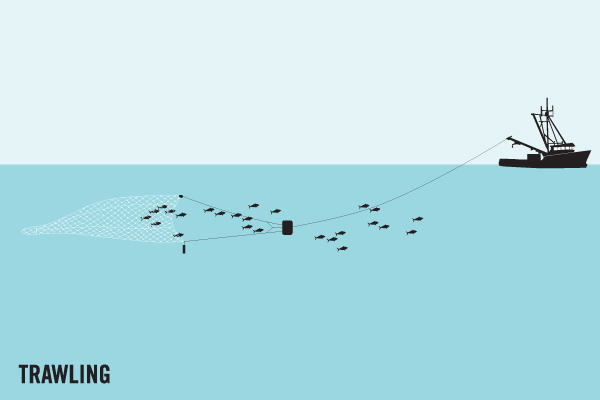Average Weight/Length
Corbina have been taken to 32 inches. The State record is 6.9 pounds.
Other "Popular" Names for this Fish
California King Croaker
Location Habitat
Corbina exist in the extreme shallow surf areas of the beach. Many times, their backs are exposed as they swim in with a wave to chase sand crabs. They have been caught 150 feet deep but are known mainly for their existence in very shallow water. They are also found in the numerous bays along the Southern Cal coast. Occur along sandy shores and in bays, usually in sandy surfs of exposed outer coast. Usually found in small groups; larger fish are more solitary. Feed on sand crabs, other small crustaceans, and worms. Spawning begins in July. Pelagic spawners. Cannot produce croaking sounds due to lack of air bladder. Corbina are almost always found over sandy bottoms, usually where there is extensive wave action. They are also found cruising the bays close to the sand drop-offs when the tides are moving at their maximum speed. They have always been one of the most sought after surf fishes.
Biology & Physical Description
Corbina are long slim croakers with a chin barbel used for smelling out food buried in the sand, mostly sand crabs and grunion eggs. They are usually gray or bluish on the back and white below. In the summer the females turn very dark and their pectoral fins are black. These colors darken as they approach the spawning period. Their tails are large and powerful for mobility in the strong surf. Corbina have been taken to 32 inches. The State record is 6.9 pounds. From many of the piers along the coast you can see groups of small male fish chasing the much larger females during the heat of the spawn.
Life Cycle & Mating Behavior
Pelagic spawner
Geographic Species Map (Fishbase.org Map)
|
|

|
Summary of Distribution: Eastern Pacific: California, USA to Peru. |
|
Note: Distribution range colors indicate degree of suitability of habitat which can be interpreted as probabilities of occurrence (fishbase.org) |
|
Sport Fishing Techniques
|
|
Kite Fishing (Trolling)Kite Fishing Trolling is when you are.... |
|
|
|
TrawlingTrawling is when.... |
|
Tackle & Baits
Light tackle anglers use long 8¹ to 9¹ rods with reels spooled with 4 to 6 pound line. The sinkers are usually slip egg sinkers from 1/4 th ounce to 1 1/2 ounces, blocked by a swivel. Light tackle anglers walk down the beach with the ever moving current. Their sinkers bump along the bottom until the bait gets to a fish. Their bait is usually sand crabs, bloodworms, or rubber worms. Long pole fishermen use 10 to 13 foot rods with reels spooled with 15-pound test line or heavier. They cast large 3 to 6-ounce sinkers out into the surf where the heavy sinkers hold the bait in place until a fish swims by. Bait is available in most tackle stores along the coast. The best all around bait (highly arguable) is mussels. The next is ghost shrimp with sand crabs following in there somewhere.
Game Rating
Game Rating : 7.5/10
Game Description :
Corbina are very powerful because of the size of their tail, and especially powerful to those anglers fishing with 4 to 6 pound line. Large corbina are virtually impossible to get up to dry sand using light tackle. To land them, light tackle anglers have to get in the water and grab them. Many of the traditional long rodders have had their rods yanked out of the sand spike as hooked fish lunge for deep water.
Food Rating
Game Rating : 8.5/10
Game Description :
The corbina filets are pure white, light and very tasty. They rank at the top of the list for surf fish. Considered a good food fish and is common in markets




















 California Corbina
California Corbina 



